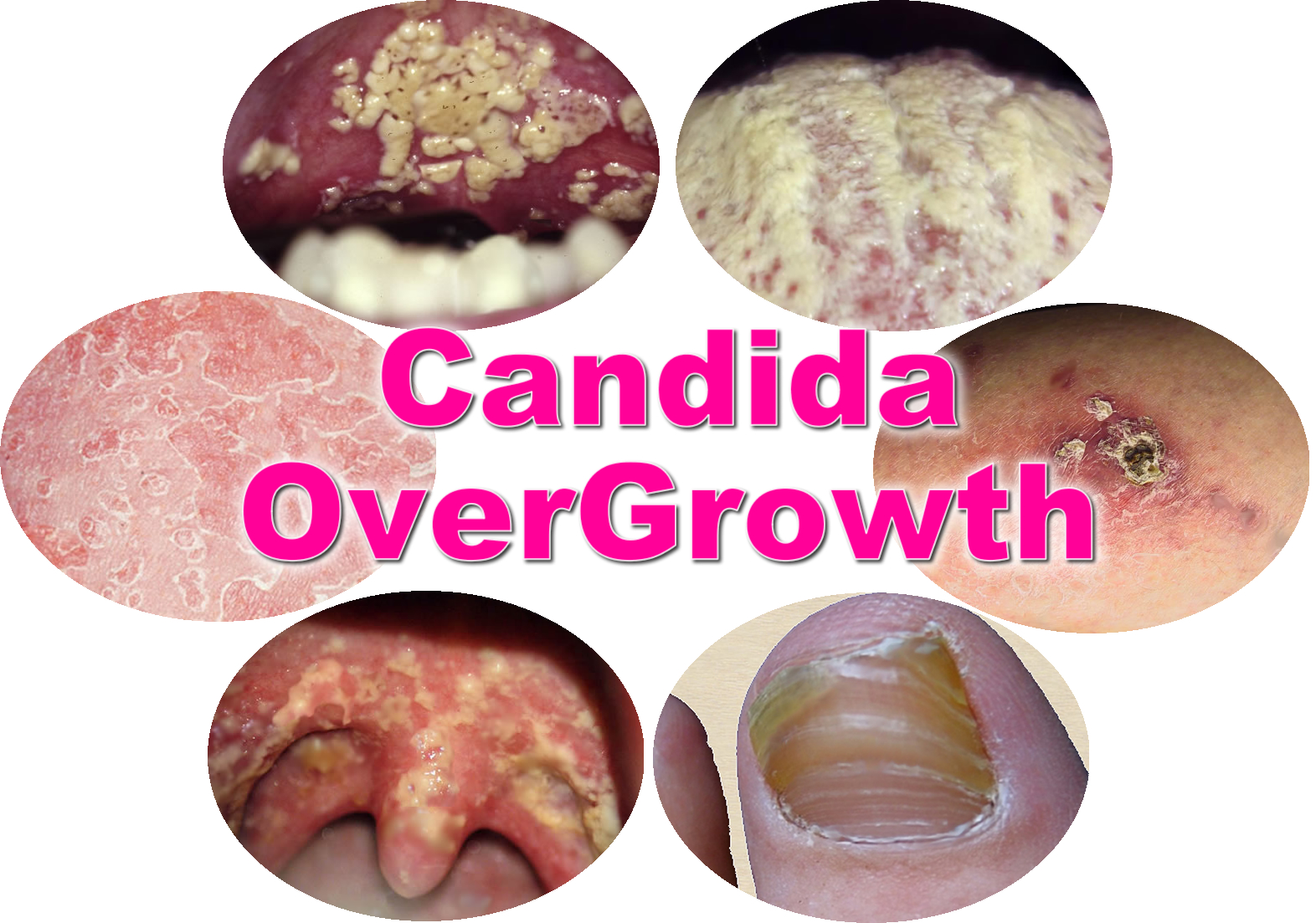



Still, using diet alone could take three to six months before the candida is back under control. That’s because, while it’s common knowledge that fermented foods help to feed the good bacteria, most people don’t realize that bad bacteria feed off of these foods as well. I also recommend eliminating all fermented foods. This will help prevent the candida from growing and eventually cause it to die. At the same time, cut back to just one cup a day of the more complex carbohydrates, like grains, beans, fruit, bread, pasta and potatoes. So start by eliminating sugar in all of its simple forms - such as candy, desserts, alcohol and flours. To successfully treat candida, you need to do three things: stop the yeast overgrowth, build up the friendly bacteria and heal your gut, so that candida can no longer enter your bloodstream.įirst step: getting rid of the candida overgrowth, which mainly requires switching to a low-carbohydrate diet. Elevated results indicate an overgrowth of candida, and the test can help you determine if there is candida in your upper gut or small intestines. This urine test looks for a waste product of candida yeast overgrowth that’s called D-Arabinitol. Just make sure that your doctor orders a comprehensive stool test, rather than the standard. The lab will check for candida in your colon or lower intestines, and can usually determine the species of yeast - as well as which treatment will be most effective. I find this to be the most accurate test out there. Still, I’ve found in my clinic that these tests can often be negative even when a stool or urine test is positive. This can be easily done through most labs, and high levels can clue you in to an overgrowth of candida. You’ll want to start by checking your levels for candida antibodies called IgG, IgA, and IgM. Strong sugar and refined carbohydrate cravings.Severe seasonal allergies or itchy ears.Vaginal infections, urinary tract infections, rectal itching or vaginal itching.Irritability, mood swings, anxiety or depression.
SIGNS OF YEAST OVERGROWTH SKIN
Skin issues like eczema, psoriasis, hives and rashes.Difficulty concentrating, poor memory, lack of focus, ADD, ADHD and brain fog.Autoimmune diseases such as Hashimoto’s thyroiditis, Rheumatoid arthritis, Ulcerative colitis, Lupus, Psoriasis, Scleroderma or Multiple sclerosis.Digestive issues such as bloating, constipation, or diarrhea.Feeling tired and worn down, or suffering from chronic fatigue or fibromyalgia.Skin and nail fungal infections, such as athlete’s foot or toenail fungus.Taking a round of antibiotics that killed too many of those friendly bacteria.Eating a diet high in beneficial fermented foods (like Kombucha, sauerkraut and pickles).Eating a diet high in refined carbohydrates and sugar.However, a few factors can cause the candida population to grow out of control: The good news is that the healthy bacteria in your gut typically keep your candida levels in check. This can lead to many different health problems, from digestive issues to depression. Its main job? Helping out with digestion and nutrient absorption.īut when overproduced, candida can break down the wall of the intestine and penetrate the bloodstream - releasing toxic byproducts into your body and causing leaky gut. You might be wondering: What on earth is candida?Ĭandida is a fungus, which is a form of yeast, and a very small amount of it lives in your mouth and intestines. 10 Signs You Have Candida Overgrowth & What To Do About It


 0 kommentar(er)
0 kommentar(er)
